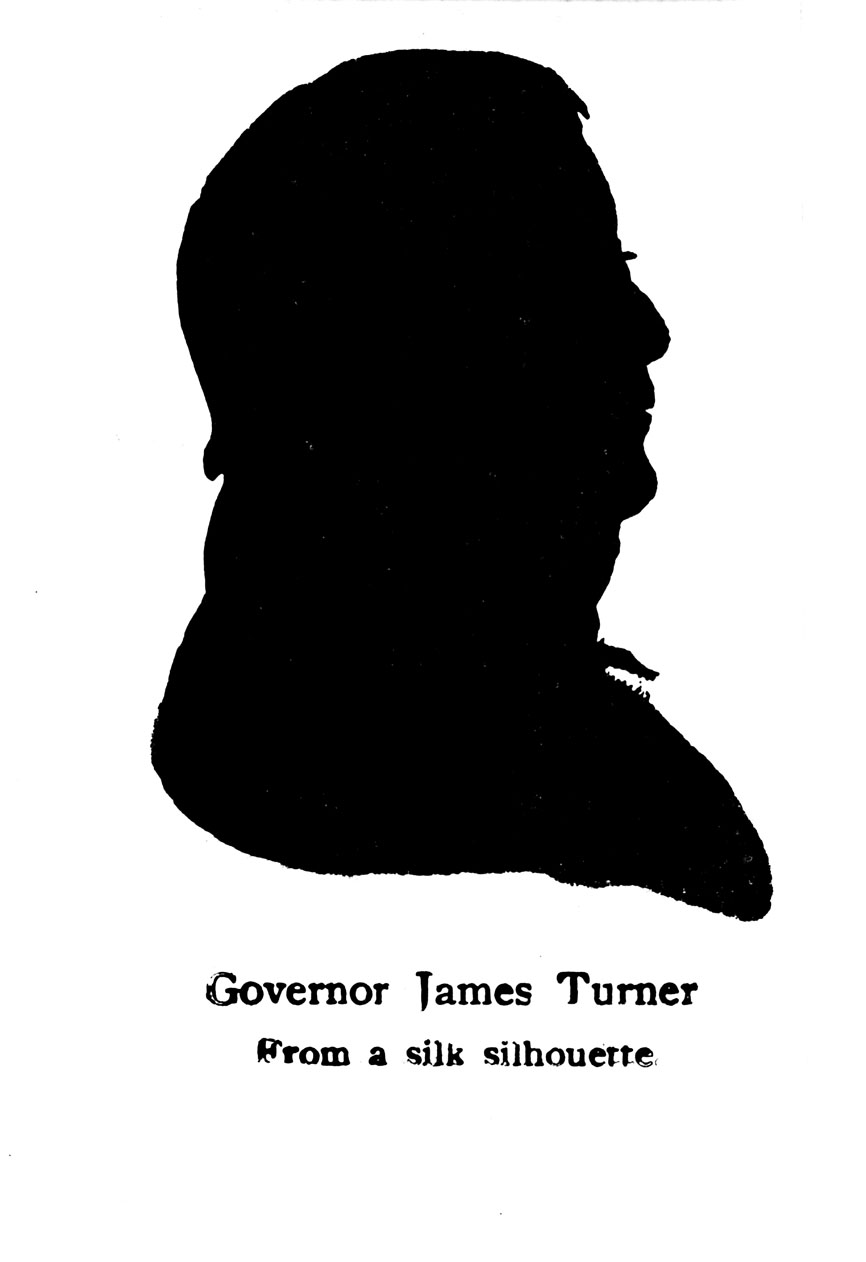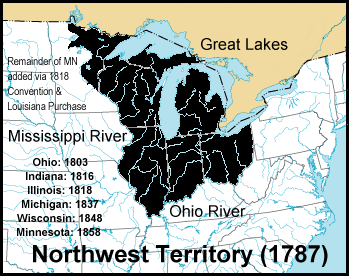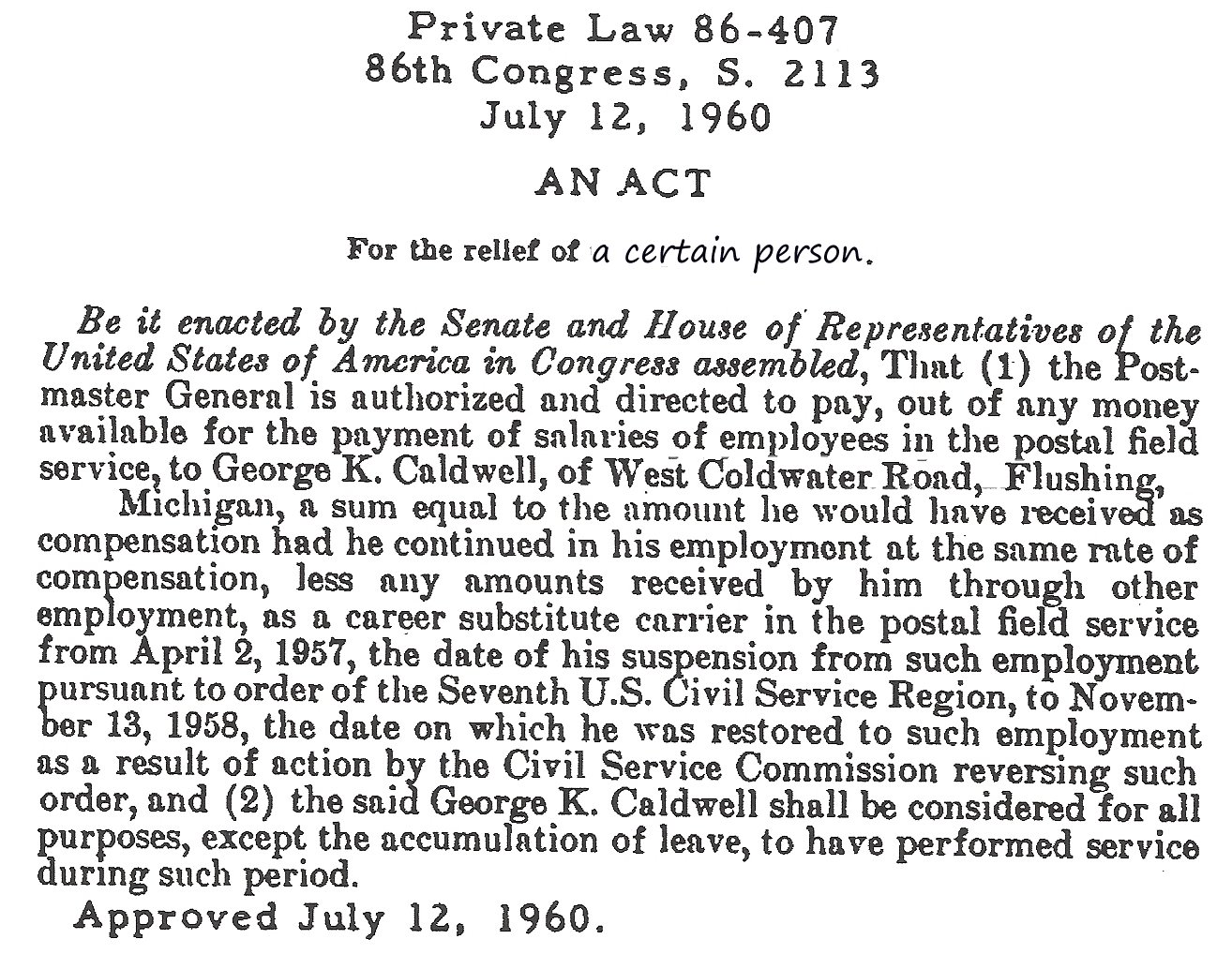|
Act Prohibiting Importation Of Slaves
The Act Prohibiting Importation of Slaves of 1807 (, enacted March 2, 1807) is a United States federal law that provided that no new slaves were permitted to be imported into the United States. It took effect on January 1, 1808, the earliest date permitted by the United States Constitution. This legislation was promoted by President Thomas Jefferson, who called for its enactment in his 1806 State of the Union Address. He and others had promoted the idea since the 1770s. It reflected the force of the general trend toward abolishing the international slave trade which Virginia, followed by all the other states, had prohibited or restricted since then. South Carolina, however, had reopened its trade. Congress first regulated against the trade in the Slave Trade Act of 1794. The 1794 Act ended the legality of American ships participating in the trade. The 1807 law did not change that—it made all importation from abroad, even on foreign ships, a federal crime. The domestic ... [...More Info...] [...Related Items...] OR: [Wikipedia] [Google] [Baidu] |
James Turner (North Carolina Politician)
James Turner (December 20, 1766 – January 15, 1824) was the 12th Governor of the U.S. state of North Carolina from 1802 to 1805. He later served as a U.S. Senator from 1805 to 1816. Turner was born in Southampton County in the Colony of Virginia; his family moved to the Province of North Carolina in 1770. Raised in a family of farmers, Turner served in the North Carolina volunteer militia during the American Revolutionary War in 1780. He served under Nathanael Greene alongside Nathaniel Macon, with whom he formed a lasting friendship and political alliance. Politics In 1798, Turner was elected to the North Carolina House of Commons; he served there from 1799 to 1800, and served in the North Carolina Senate from 1801 to 1802. Governor In 1802, the General Assembly elected John Baptista Ashe governor, but he died before he could assume office; Turner was chosen in his place and sworn in on December 5, 1802. He served the constitutional limit of three one-year terms ... [...More Info...] [...Related Items...] OR: [Wikipedia] [Google] [Baidu] |
Fairfax Resolves
The Fairfax Resolves were a set of resolutions adopted by a committee in Fairfax County in the colony of Virginia on July 18, 1774, in the early stages of the American Revolution. Written at the behest of George Washington and others, they were authored primarily by George Mason. The resolutions rejected the British Parliament's claim of supreme authority over the American colonies. More than thirty counties in Virginia passed similar resolutions in 1774, "but the Fairfax Resolves were the most detailed, the most influential, and the most radical." Background and drafting After Parliament passed the Coercive Acts, also known as the Intolerable Acts, to punish Massachusetts for the Boston Tea Party, the Virginia House of Burgesses proclaimed that June 1, 1774, would be a day of "fasting, humiliation, and prayer" as a show of solidarity with Boston. In response, Lord Dunmore, the royal governor of Virginia, dissolved the House of Burgesses. The burgesses reconvened at the Rale ... [...More Info...] [...Related Items...] OR: [Wikipedia] [Google] [Baidu] |
Coastwise Slave Trade
The coastwise slave trade existed along the eastern coastal areas of the United States in the antebellum years prior to 1861. Shiploads and boatloads of slaves in the domestic trade were transported from place to place on the waterways. Hundreds of vessels of various sizes and capacities were used to transport the slaves, generally from markets of the Upper South, where there was a surplus of slaves, to the Deep South, where the development of new cotton plantations created high demand for labor. International tensions developed when ships were forced by weather or incident into ports in Bermuda and the British West Indies, as the British freed the slaves as part of the banned trade on the high seas, even before its abolition of slavery in its territories in 1834. There were several cases: ''Comet'' (1830), ''Encomium'' (1833), ''Enterprise'' (1835), '' Hermosa'' (1840) and, most notably, the ''Creole'' case of 1841, the result of a ship slave revolt that forced the vessel into ... [...More Info...] [...Related Items...] OR: [Wikipedia] [Google] [Baidu] |
Joseph Bradley Varnum
Joseph Bradley Varnum (January 29, 1750/1751September 21, 1821) was an American politician from Massachusetts. He served as a U.S. representative and United States senator, and held leadership positions in both bodies. He was a member of the Democratic-Republican Party. Born in Dracut in the Province of Massachusetts Bay, Varnum was the son of farmer, militia officer and local official Samuel Varnum and Mary Prime. He received a limited formal education, but became a self-taught scholar. Varnum became a farmer, and at age 18 received his commission as a captain in the Massachusetts militia. He commanded Dracut's militia company during the American Revolution and remained in the militia afterwards, eventually attaining the rank of major general in 1805. Varnum took part in the government of Massachusetts following independence, including as a member of the Massachusetts House of Representatives from 1780 to 1785 and a member of the Massachusetts State Senate from 1786 to ... [...More Info...] [...Related Items...] OR: [Wikipedia] [Google] [Baidu] |
Slave Trade Act Of 1800
The Slave Trade Act of 1800 was a law passed by the United States Congress to build upon the Slave Trade Act of 1794, limiting American involvement in the trade of human cargo. It was signed into law by President John Adams on May 10, 1800. This was among several acts of Congress that eventually outlawed the importation of slaves to the United States. The owning of slaves, and the domestic trade, would later be made illegal throughout the U.S. by the Thirteenth Amendment to the United States Constitution in 1865. Passage This bill was passed May 2, 1800, with a title addition to: ''An Act to prohibit the carrying on the Slave Trade from the United States to any foreign place or country.'' Text of the law Be it enacted by the Senate and House of Representatives of the United States of America in Congress assembled, That it shall be unlawful for any citizen of the United States, or other person residing within the United States, directly or indirectly to hold or have any right or ... [...More Info...] [...Related Items...] OR: [Wikipedia] [Google] [Baidu] |
Midwestern United States
The Midwestern United States, also referred to as the Midwest or the American Midwest, is one of four census regions of the United States Census Bureau (also known as "Region 2"). It occupies the northern central part of the United States. It was officially named the North Central Region by the Census Bureau until 1984. It is between the Northeastern United States and the Western United States, with Canada to the north and the Southern United States to the south. The Census Bureau's definition consists of 12 states in the north central United States: Illinois, Indiana, Iowa, Kansas, Michigan, Minnesota, Missouri, Nebraska, North Dakota, Ohio, South Dakota, and Wisconsin. The region generally lies on the broad Interior Plain between the states occupying the Appalachian Mountain range and the states occupying the Rocky Mountain range. Major rivers in the region include, from east to west, the Ohio River, the Upper Mississippi River, and the Missouri River. The 2020 United ... [...More Info...] [...Related Items...] OR: [Wikipedia] [Google] [Baidu] |
Northwest Territory
The Northwest Territory, also known as the Old Northwest and formally known as the Territory Northwest of the River Ohio, was formed from unorganized western territory of the United States after the American Revolutionary War. Established in 1787 by the Congress of the Confederation through the Northwest Ordinance, it was the nation's first post-colonial organized incorporated territory. At the time of its creation, the territory included all the land west of Pennsylvania, northwest of the Ohio River and east of the Mississippi River below the Great Lakes, and what later became known as the Boundary Waters. The region was ceded to the United States in the Treaty of Paris of 1783. Throughout the Revolutionary War, the region was part of the British Province of Quebec. It spanned all or large parts of six eventual U.S. states (Ohio, Indiana, Illinois, Michigan, Wisconsin, and the northeastern part of Minnesota). Reduced to present-day Ohio, eastern Michigan and a sliver of ... [...More Info...] [...Related Items...] OR: [Wikipedia] [Google] [Baidu] |
Northwest Ordinance
The Northwest Ordinance (formally An Ordinance for the Government of the Territory of the United States, North-West of the River Ohio and also known as the Ordinance of 1787), enacted July 13, 1787, was an organic act of the Congress of the Confederation of the United States. It created the Northwest Territory, the new nation's first organized incorporated territory, from lands beyond the Appalachian Mountains, between British North America and the Great Lakes to the north and the Ohio River to the south. The upper Mississippi River formed the territory's western boundary. Pennsylvania was the eastern boundary. In the 1783 Treaty of Paris, which formally ended the American Revolutionary War, Great Britain yielded the region to the United States. However, the Confederation Congress faced numerous problems gaining control of the land such as the unsanctioned movement of American settlers into the Ohio Valley; violent confrontations with the region's indigenous peoples; the o ... [...More Info...] [...Related Items...] OR: [Wikipedia] [Google] [Baidu] |
Mississippi Territory
The Territory of Mississippi was an organized incorporated territory of the United States that existed from April 7, 1798, until December 10, 1817, when the western half of the territory was admitted to the Union as the State of Mississippi. The eastern half was redesignated as the Alabama Territory until it was admitted to the Union as the State of Alabama on December 14, 1819. The Chattahoochee River played a significant role in the definition of the territory's borders. The population rose in the early 1800s from settlement, with cotton being an important cash crop. History The United States and Spain disputed these lands east of the Mississippi River until Spain relinquished its claim with the Treaty of Madrid, initially signed in 1795 by the two countries' representatives. The Mississippi Territory was organized in 1798 from these lands, in an area extending from 31° N latitude to 32°28' North — or approximately the southern half of the present states of Alabama an ... [...More Info...] [...Related Items...] OR: [Wikipedia] [Google] [Baidu] |
Act Of Congress
An Act of Congress is a statute enacted by the United States Congress. Acts may apply only to individual entities (called private laws), or to the general public ( public laws). For a bill to become an act, the text must pass through both houses with a majority, then be either signed into law by the president of the United States, be left unsigned for ten days (excluding Sundays) while Congress remains in session, or, if vetoed by the president, receive a congressional override from of both houses. Public law, private law, designation In the United States, Acts of Congress are designated as either public laws, relating to the general public, or private laws, relating to specific institutions or individuals. Since 1957, all Acts of Congress have been designated as "Public Law X–Y" or "Private Law X–Y", where X is the number of the Congress and Y refers to the sequential order of the bill (when it was enacted). For example, P. L. 111–5 ( American Recovery and Reinvestme ... [...More Info...] [...Related Items...] OR: [Wikipedia] [Google] [Baidu] |
Providence, Rhode Island
Providence is the capital and most populous city of the U.S. state of Rhode Island. One of the oldest cities in New England, it was founded in 1636 by Roger Williams, a Reformed Baptist theologian and religious exile from the Massachusetts Bay Colony. He named the area in honor of "God's merciful Providence" which he believed was responsible for revealing such a haven for him and his followers. The city developed as a busy port as it is situated at the mouth of the Providence River in Providence County, at the head of Narragansett Bay. Providence was one of the first cities in the country to industrialize and became noted for its textile manufacturing and subsequent machine tool, jewelry, and silverware industries. Today, the city of Providence is home to eight hospitals and eight institutions of higher learning which have shifted the city's economy into service industries, though it still retains some manufacturing activity. At the 2020 census, Providence had a popul ... [...More Info...] [...Related Items...] OR: [Wikipedia] [Google] [Baidu] |
John Brown (Rhode Island Politician)
John Brown I (January 27, 1736September 20, 1803) was an American merchant, statesman and slave trader from Providence, Rhode Island. Together with his brothers Nicholas, Joseph and Moses, John was instrumental in founding Brown University (then known as the College of Rhode Island) and moving it to their family's former estate in Providence. John Brown laid the cornerstone of the university's oldest building in 1770, and he served as its treasurer for 21 years, from 1775 to 1796. Brown was one of the founders of Providence Bank and became its first president in 1791. He was active in the American Revolution, notably as an instigator of the 1772 ''Gaspee'' Affair, and he served in both state and national government. At the same time, he was a powerful defender of slavery, clashing aggressively in newspapers, courts and the political system with his brother Moses, who had become an abolitionist. John Brown's home in Providence is now a museum and National Historic Lan ... [...More Info...] [...Related Items...] OR: [Wikipedia] [Google] [Baidu] |

.jpg)





